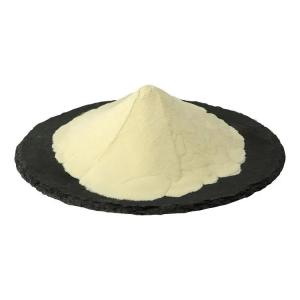News list
News Center
Hot Product
News
Phosphoric acid and dietary awareness campaigns
Time:2025-10-17
Phosphoric acid is a common additive in processed foods and beverages, especially in carbonated drinks and certain packaged products. As part of modern dietary habits, its presence has become widespread, prompting nutrition experts and public health organizations to include it in dietary awareness discussions. Campaigns focusing on phosphoric acid aim to educate consumers about its sources, industrial role, and implications for balanced nutrition.
Role of Phosphoric Acid in the Food Industry
Phosphoric acid serves several functions in food production. It is used as an acidulant to regulate pH, enhance flavor, and preserve freshness. In beverages, particularly soft drinks, it provides a sharp, tangy taste and helps stabilize color and consistency. Its controlled use in the food industry follows strict safety and quality standards to ensure consumer protection.
Public Awareness and Education Efforts
Dietary awareness campaigns often highlight the importance of understanding food labels and ingredient lists. Phosphoric acid, though safe within regulated limits, is sometimes used as a focus point to demonstrate how industrial additives appear in everyday diets. Public campaigns encourage moderation, label literacy, and informed decision-making regarding processed food consumption.
Government and Organizational Involvement
Health authorities and non-profit organizations have played a key role in spreading awareness about food additives, including phosphoric acid. Educational materials, workshops, and media campaigns are used to explain its functions, common sources, and regulatory frameworks. These initiatives aim to build a culture of transparency in the food system and empower consumers with knowledge about what they eat.
Integrating Awareness into Modern Nutrition
Incorporating phosphoric acid education into broader nutrition programs helps individuals make balanced dietary choices. By understanding how additives are used and managed, consumers can approach food selection with greater confidence and awareness. Dietary campaigns, therefore, serve not only to inform but also to promote a sustainable, informed approach to modern nutrition.
Conclusion
Phosphoric acid awareness campaigns represent a growing intersection between food science, health communication, and consumer education. Through collaborative efforts among scientists, health agencies, and educators, the public gains a clearer understanding of food additives and their place in a balanced diet. This approach contributes to healthier choices and more transparent food systems worldwide.
Role of Phosphoric Acid in the Food Industry
Phosphoric acid serves several functions in food production. It is used as an acidulant to regulate pH, enhance flavor, and preserve freshness. In beverages, particularly soft drinks, it provides a sharp, tangy taste and helps stabilize color and consistency. Its controlled use in the food industry follows strict safety and quality standards to ensure consumer protection.
Public Awareness and Education Efforts
Dietary awareness campaigns often highlight the importance of understanding food labels and ingredient lists. Phosphoric acid, though safe within regulated limits, is sometimes used as a focus point to demonstrate how industrial additives appear in everyday diets. Public campaigns encourage moderation, label literacy, and informed decision-making regarding processed food consumption.
Government and Organizational Involvement
Health authorities and non-profit organizations have played a key role in spreading awareness about food additives, including phosphoric acid. Educational materials, workshops, and media campaigns are used to explain its functions, common sources, and regulatory frameworks. These initiatives aim to build a culture of transparency in the food system and empower consumers with knowledge about what they eat.
Integrating Awareness into Modern Nutrition
Incorporating phosphoric acid education into broader nutrition programs helps individuals make balanced dietary choices. By understanding how additives are used and managed, consumers can approach food selection with greater confidence and awareness. Dietary campaigns, therefore, serve not only to inform but also to promote a sustainable, informed approach to modern nutrition.
Conclusion
Phosphoric acid awareness campaigns represent a growing intersection between food science, health communication, and consumer education. Through collaborative efforts among scientists, health agencies, and educators, the public gains a clearer understanding of food additives and their place in a balanced diet. This approach contributes to healthier choices and more transparent food systems worldwide.


 CN
CN





